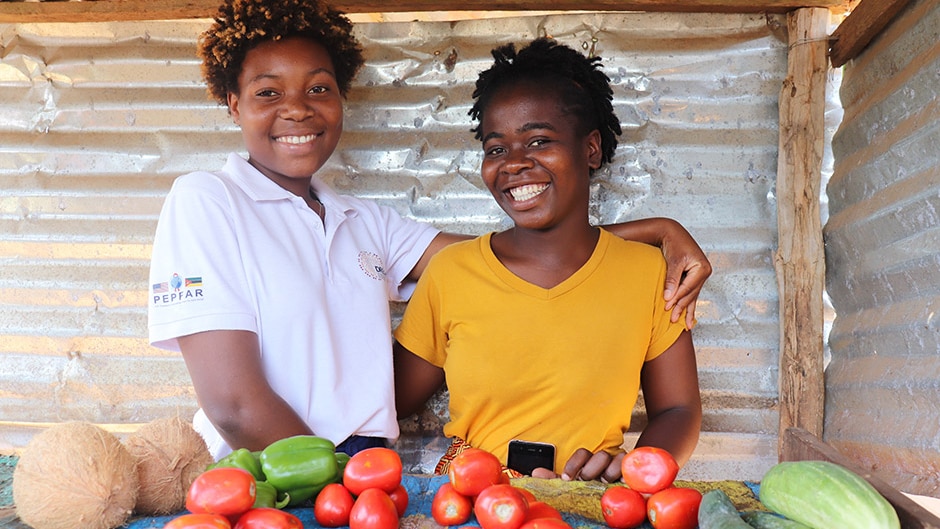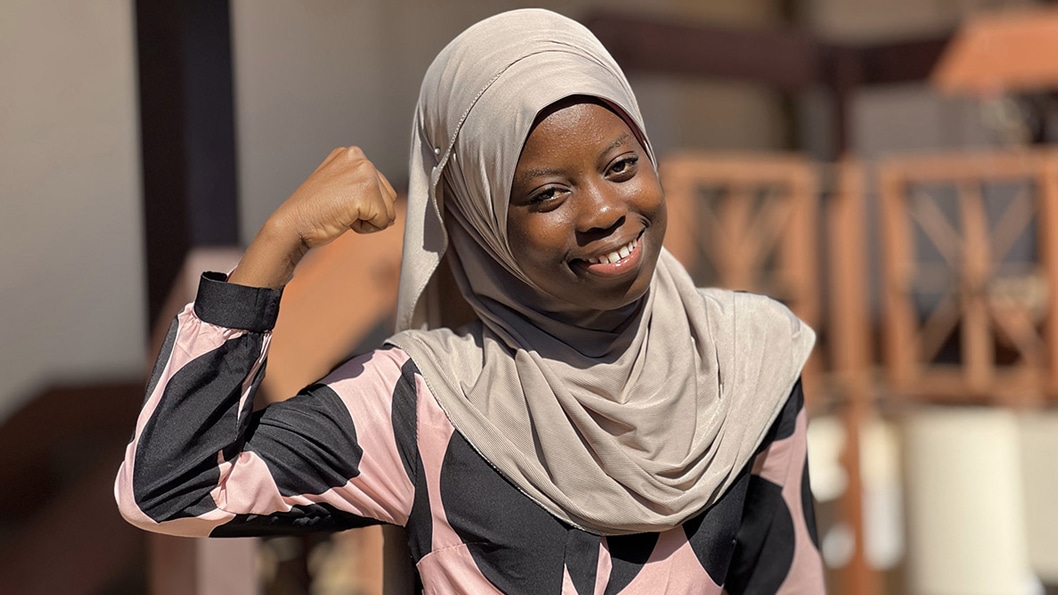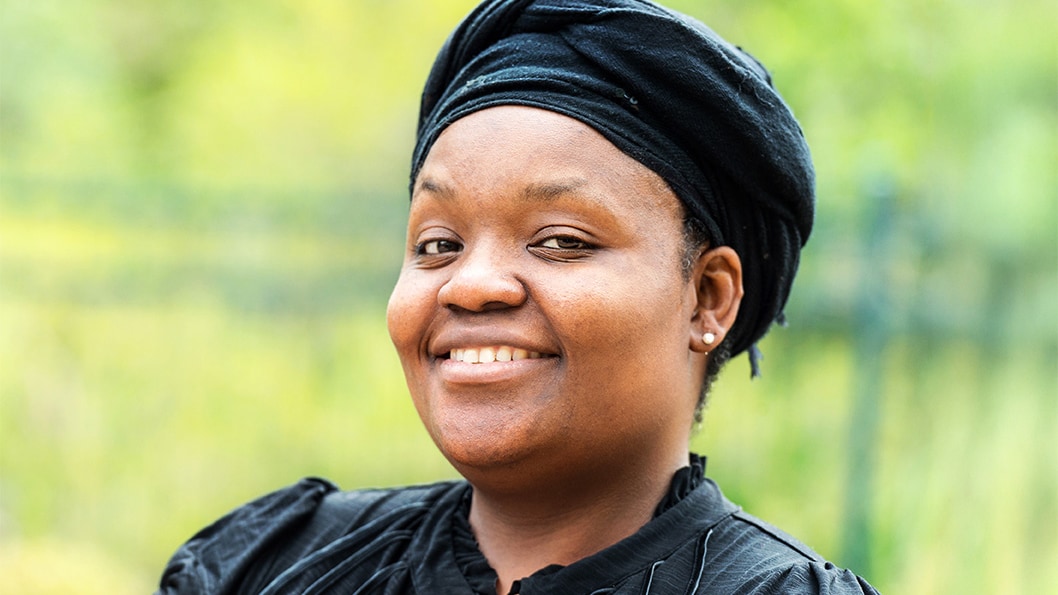At a glance
Adolescent girls and young women bear a disproportionate burden of HIV worldwide. This is driven by challenges like gender-based violence and difficulties accessing HIV services. CDC joins global partners in the annual campaign "16 Days of Activism Against Gender-Based Violence" to affirm our commitment to preventing and responding to violence.
Overview
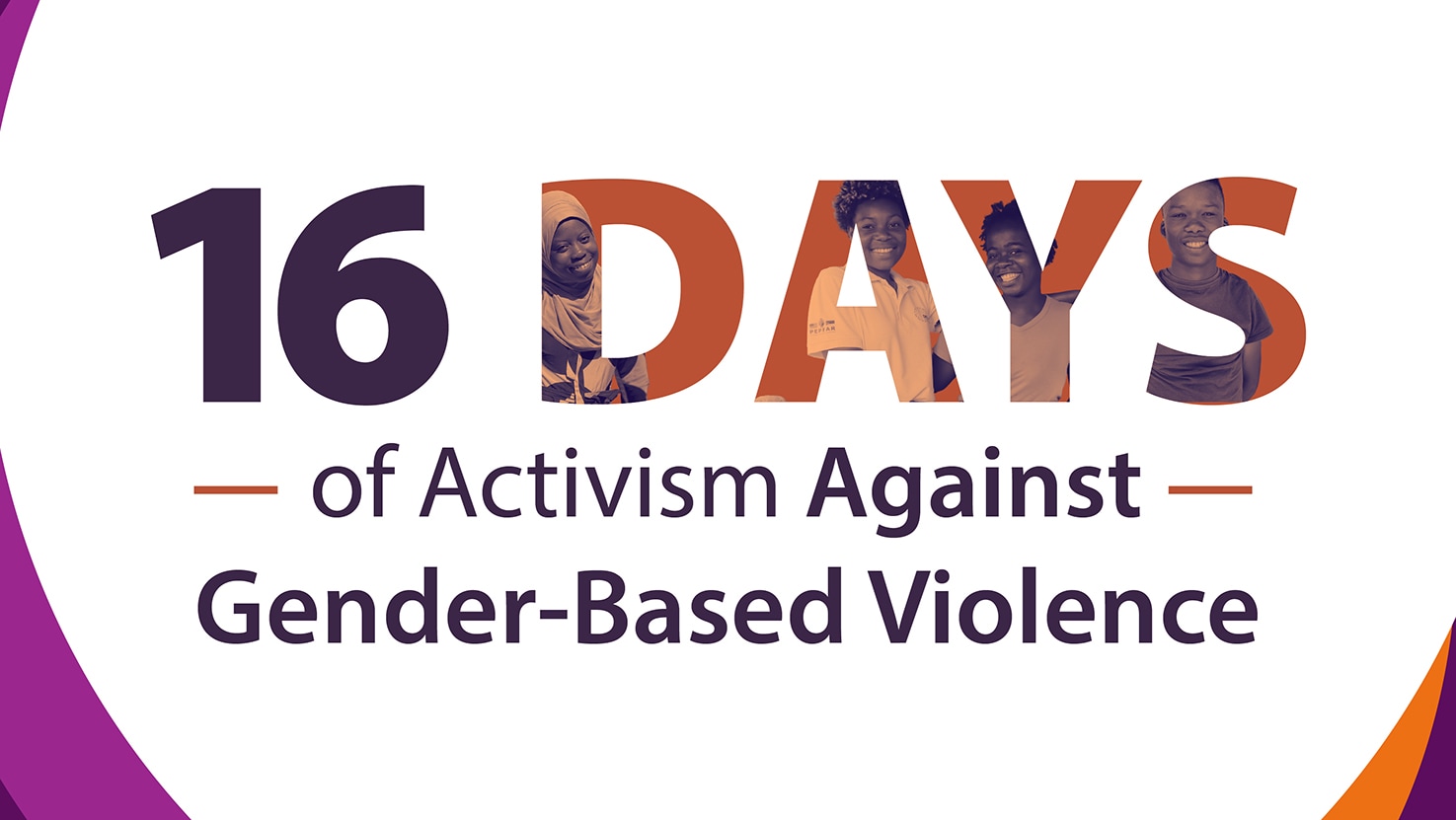
With support from the U.S. President's Emergency Plan for AIDS Relief (PEPFAR), CDC and partners work with 46 countries to achieve global targets to end the HIV epidemic. Although progress is being made, some priority populations bear a disproportionate burden of HIV. Adolescent girls and young women frequently face societal or cultural barriers such as gender-based violence (GBV) and difficulty accessing HIV services.
Women who experience GBV are 1.5 times more likely to get HIV. Women living with HIV in low-income countries are twice as likely to experience GBV. Further, HIV-related stigma, discrimination, and violence restrict access to HIV prevention and treatment services for those most at risk. These challenges serve as persistent barriers to ending the HIV epidemic.
What is gender-based violence?
UNAIDS calls for a global target of less than 10% of women, girls, people living with HIV, and key populations to experience gender inequality and violence. Ending GBV can also reduce barriers to HIV treatment and prevention and accelerate progress toward ending the HIV epidemic.
CDC’s work to end gender-based violence
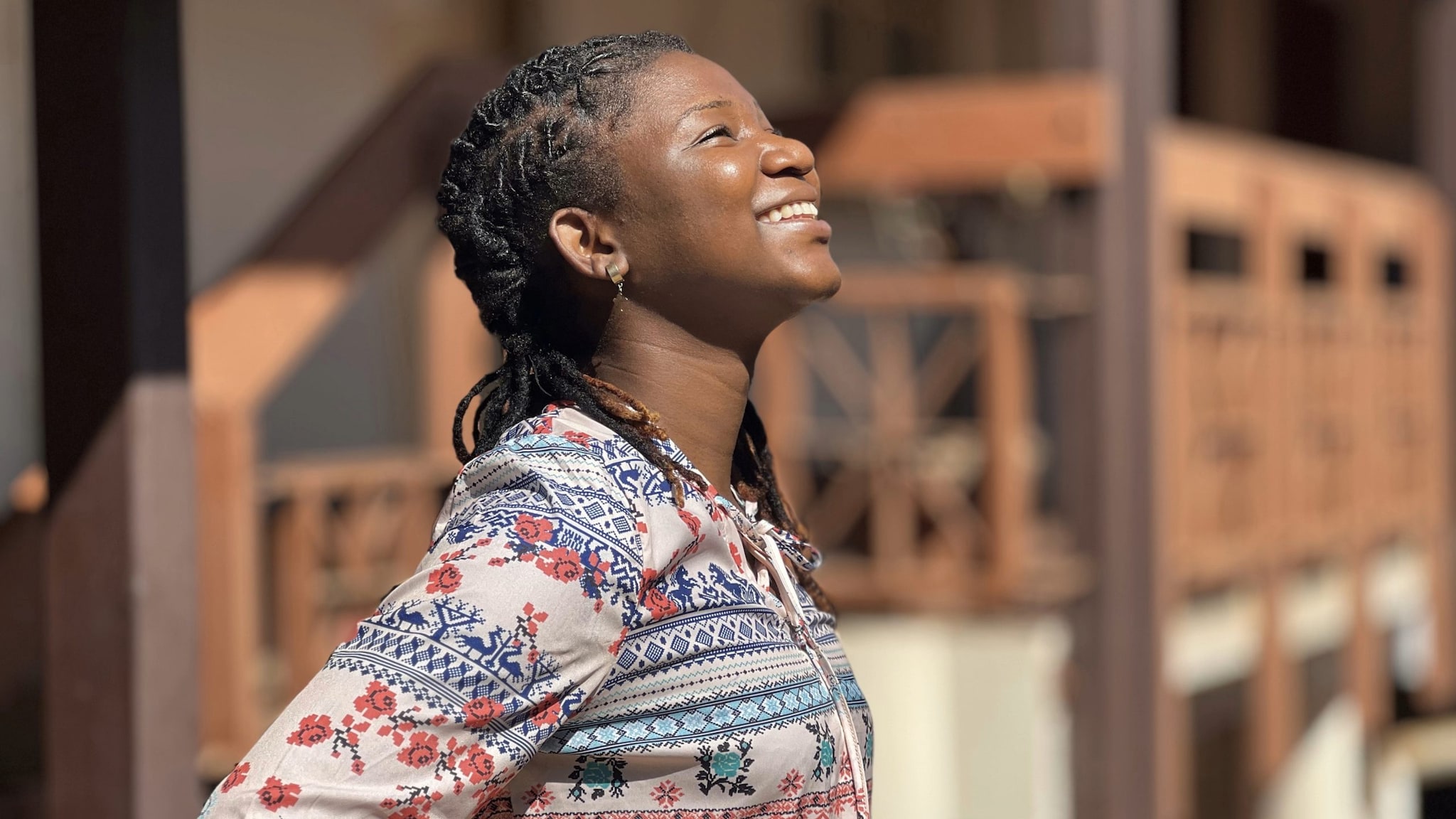
CDC works to address healthy equity and violence by focusing on:
- Violence prevention and response
- Empowering and educating adolescent girls and young women, adolescent boys and young men, and their communities
- Improving access to health services that are uniquely tailored to the needs of adolescents
CDC helps implement post-violence clinical care services to ensure that survivors of violence receive the trauma-informed care they need to remain free of HIV. This care includes post-exposure prophylaxis to prevent HIV, HIV testing and counseling, and referrals to necessary services to further prevent violence and HIV.
Through the Determined, Resilient, Empowered, AIDS-free, Mentored, and Safe (DREAMS) program, CDC works with adolescent girls and young women, boys and young men, families, and communities to support HIV and violence prevention and address gender norms that contribute to gender inequities, violence, and HIV. We implement dual gender programming, such as No Means No, which engages boys and young men to challenge harmful gender norms and expectations. The goal is to support them in becoming champions of gender equality and allies for health equity.
CDC also focuses on enhancing health services for young people, such as increased access to HIV and violence prevention education and methods, including pre-exposure and post-exposure prophylaxes, condoms, testing, and treatment.
Stories
CDC remains committed to addressing gender inequality and ending gender-based violence to bring the world closer to ending HIV.

